On October 5, 1877, Chief Joseph of the Nez Perce surrendered to American forces just 40 miles from the safety of the Canadian border. Chief Joseph was famous for his war strategy, as well as his courage, honor, and the consideration he showed his enemies.
Chief Joseph was born on March 3, 1840, in Wallowa Valley, in present-day Oregon. His given name, Hin-mah-too-yah-lat-kekt or Hinmatóowyalahtq̓it, means “Thunder-traveling-to-loftier-heights.” Joseph was the son of a Christian chief and attended a mission school. When his father died in 1871, Joseph became chief of the Wallowa band of the Nez Perce tribe.
In 1877, the federal government wanted Joseph’s tribe to move to a reservation in Idaho, far from their traditional homelands. Army General Oliver Howard said he would attack Joseph’s tribe if they didn’t relocate to the Idaho Indian Reservation with the other Nez Perce tribes. After negotiations failed, the general told Chief Joseph his people would have 30 days to move to the reservation.
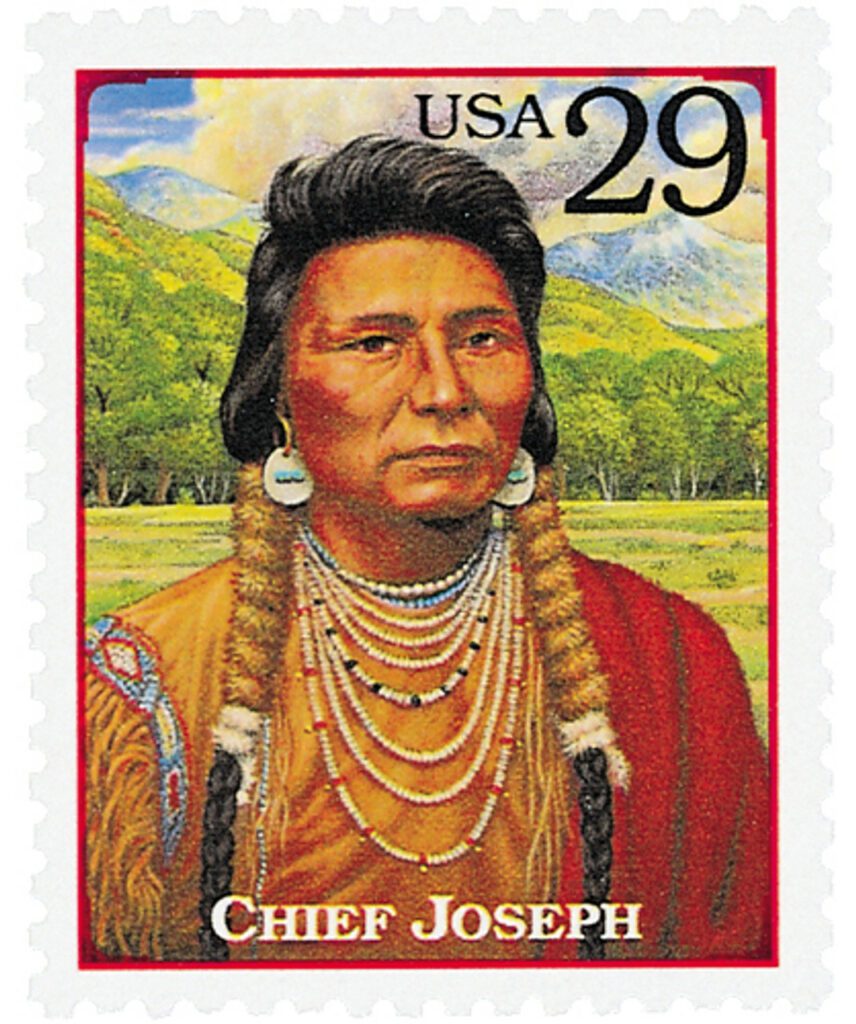
Because military resistance was futile, Chief Joseph reluctantly agreed to the move. After a group of about 20 young Nez Perce warriors attacked a white settlement, Chief Joseph feared retaliation from the US Army. Chief Joseph decided to lead his people on a long trek toward Canada, where Joseph had hoped to join Sioux Indians who had escaped the United States. Fleeing an army of 600 soldiers, the band of about 800 Nez Perce men, women, and children (about 200 of whom were warriors) traveled through Oregon, Washington, Idaho, and Montana. Along the way, a number of skirmishes and battles were fought with the pursuing army. The most devastating occurred at Big Hole, Montana. On the morning of August 9, 1877, US troops attacked the Nez Perce while most were still asleep. Between 60 and 90 tribe members were killed, but the Native American warriors were able to pin the troops down while the remainder of the Nez Perce escaped. Some of the local white residents that the natives had interacted with peaceably were involved in the attack. Just the night before, Yellow Wolf, one of the warrior leaders, had called “all Montana citizens our friends.”
With their trust in the white settlers broken, the Nez Perce continued their journey, avoiding settlements along the way. On August 23, the Nez Perce entered Yellowstone National Park on August 23. The tribe passed through the park in 13 days. In that time, they plundered camps, took hostages, and killed or wounded several people (though Chief Joseph had ordered that no one be harmed). One of these encounters occurred in the Lower Geyser Basin, at what is now known as Nez Perce Creek.
The journey lasted for 15 weeks and covered more than 1,170 miles. Outnumbered 10-to-1, the Nez Perce repeatedly outmaneuvered the US Army and took the offensive several times. General William Sherman, who was very unsympathetic to the Nez Perce, praised their tactics, stating they “fought with almost scientific skill, using advance and rear guards, skirmish lines, and field fortifications.” Because of his concern for his people and the valiant effort he made to get them to Canada, the press nicknamed Chief Joseph “The Red Napoleon.”
On September 30, the Battle at Bear Paw began. As the Nez Perce were preparing to continue north, US cavalry attacked the camp, targeting the native’s horses, capturing most. The warriors fought to a standstill, protecting the families, but 26 were killed. Little changed in the battle lines over the next few days, though the US Army began targeting the area were the families were sheltering with cannon fire on the 3rd. Many of the Nez Perce were freezing and starving, their tipis having been destroyed at Big Hole, and the natives believed US reinforcements were on their way. Chief Joseph made the difficult decision to surrender on October 5, 1877, just 40 miles from the safety of the Canadian border. During his surrender, Joseph said, “It is cold, and we have no blankets. The little children are freezing to death. My heart is sick and sad. From where the sun now stands, I will fight no more forever.” With those famous words, the Nez Perce War ended. Over the course of the battle, nearly 300 had escaped from the fighting and made it to Canada. Some returned after the surrender, though, to rejoin their families.
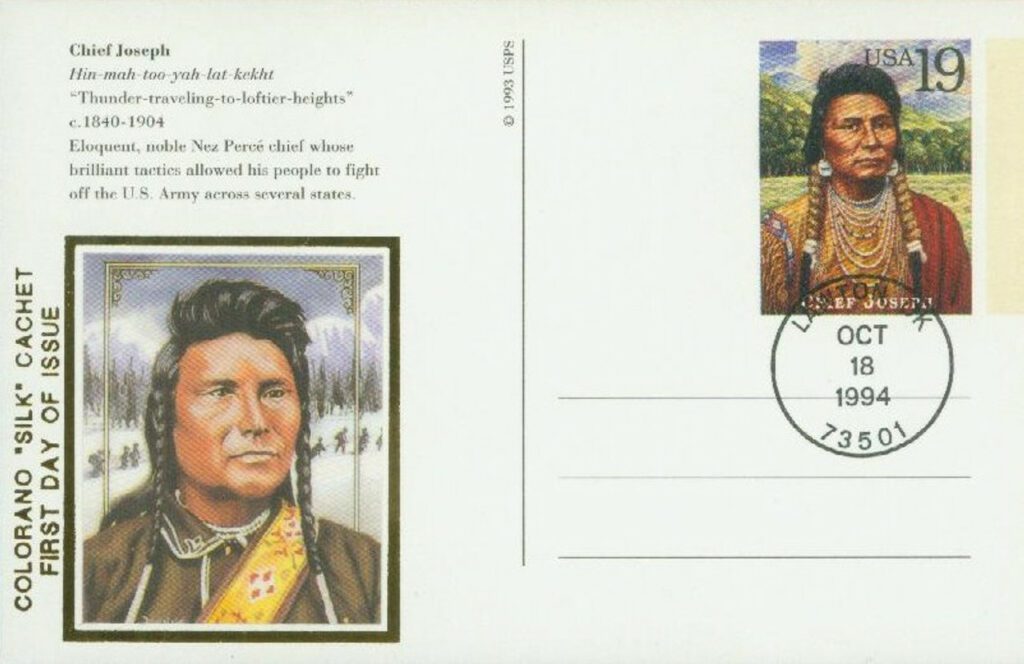
After surrendering, the Nez Perce were initially promised they could return to their tribal lands, but this was overruled by General Sherman. They were taken as prisoners to Fort Leavenworth, before being brought to a reservation in Oklahoma. In 1879, Chief Joseph went to Washington, DC, to meet with President Hayes and speak for his people. The Nez Perce were kept in Oklahoma until 1885, when they were allowed to return to the Pacific Northwest. Some were taken to the Nex Perce reservation in Idaho, while others, including Chief Joseph, went to the Colville Reservation in Washington. However, they were never able to return to the Wallowa Valley.
Before his death, Chief Joseph personally spoke to President Theodore Roosevelt on behalf of his people. Joseph died on September 11, 1901, from “a broken heart,” according to his doctor.
| FREE printable This Day in History album pages Download a PDF of today’s article. Get a binder or other supplies to create your This Day in History album. |
Discover what else happened on This Day in History.


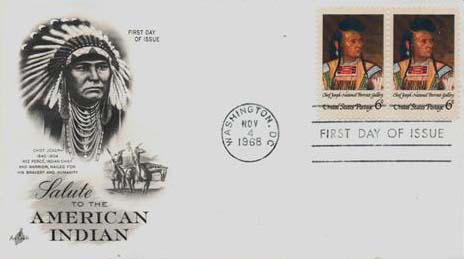
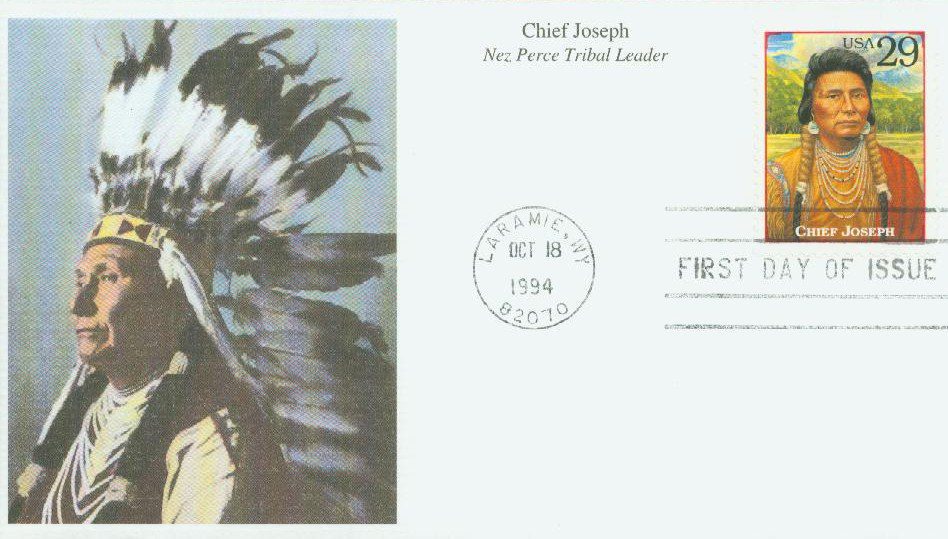

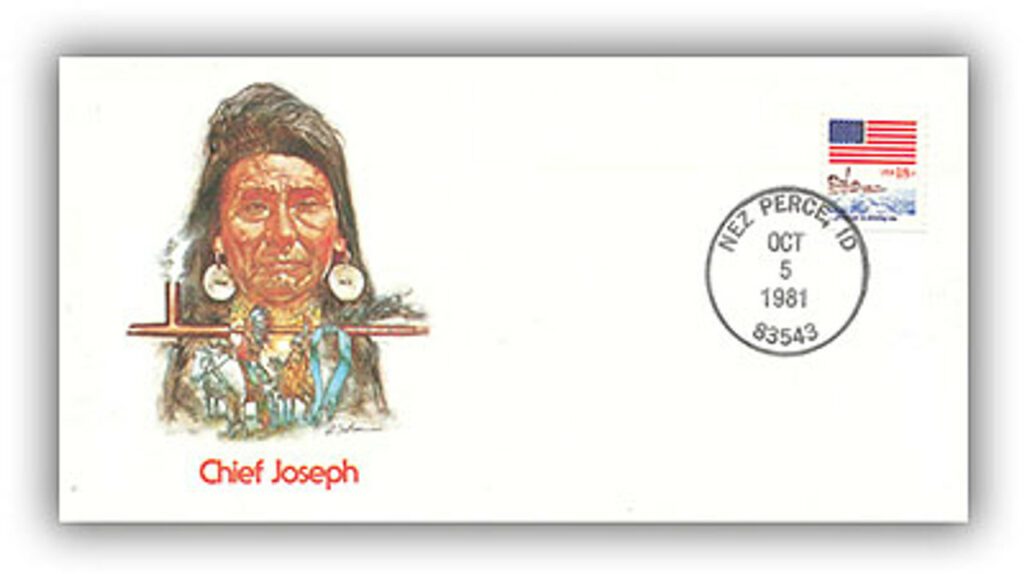
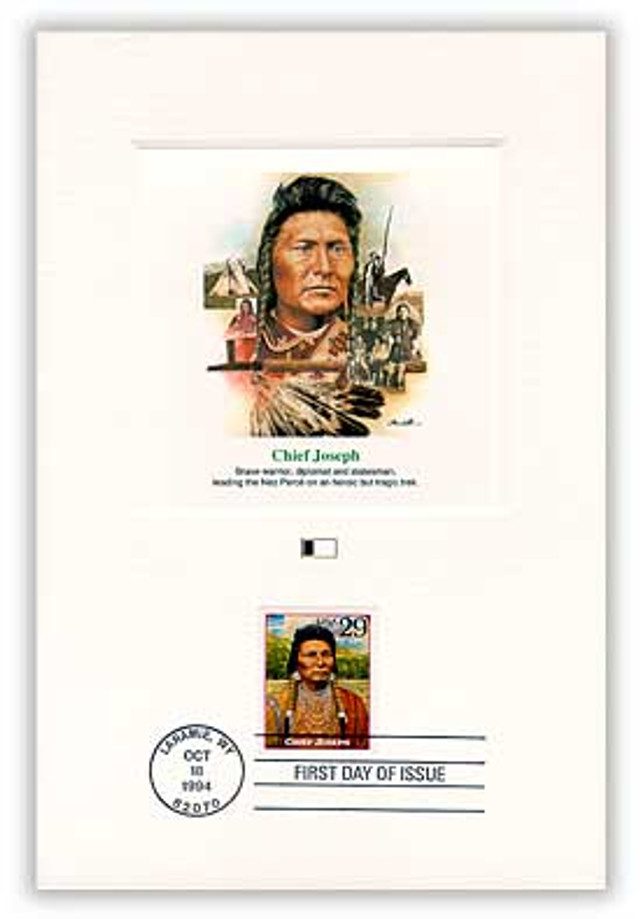
A leader who put the needs of his people first. As we look back on history it is disheartening how natives who loved the land they cherished and were good stewards of was taken away. And in many instances their word could be trusted but promises to them were broken.
Amen Mr Bond.
A sad story about a brave leader and his brave people. It is a microcosm of the disgraceful treatment of native Americans from colonial times through the 20th century.
Very True!